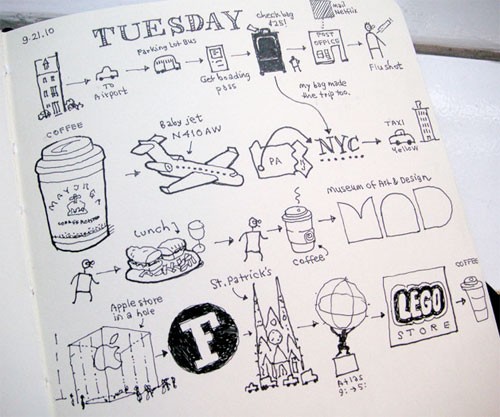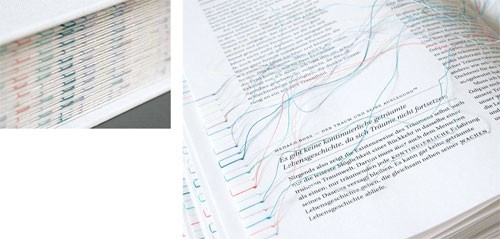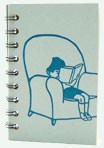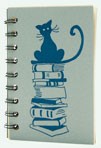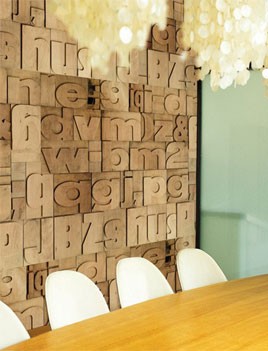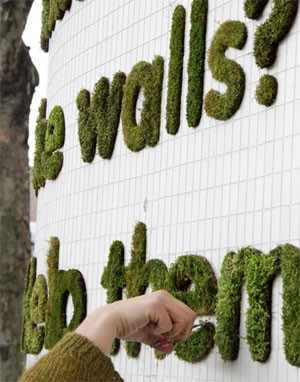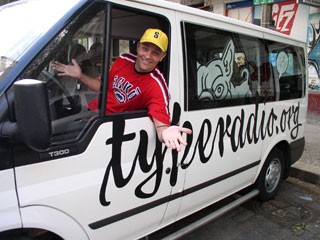Earlier this week I read a review of a new book, Moby-Duck, subtitled “The True Story of 28,800 Bath Toys Lost at Sea and of the Beachcombers, Oceanographers, Environmentalists, and Fools, Including the Author, Who Went in Search of Them.” Publisher’s Weekly summerizes the book
Whimsical curiosity begets a quixotic odyssey and troubling revelations about plastics polluting the seas in former high school teacher and journalist Hohn’s charming account of what he learned searching for 28,800 rubber bath toys lost at sea in 1992. His curiosity, prompted by a student’s quirky essay, begins in 2005 around Sitka, Alaska, where yellow “duckies,” frogs, turtles, and beavers washed up after three-story waves buffeted a container ship traveling from China to America…. The author’s quest leads him to a research vessel trawling for degraded plastic in Hawaiian seas, to the Chinese factory where the toys were manufactured, aboard a container vessel traversing the same route as the original ship (a particularly hair-raising section), and finally to the high Arctic to study the science of oceanic drift. Packed with seafaring lore and astute reporting, this enthralling narrative is the Moby Dick of drifting ducks.
I was quite struck by this line in Janet Maslin’s review
As he (the author, Donovan Hohn) puts it, he was not someone, like the explorers of old, who sought to turn the world into a map. “Quite the opposite,” he says. “I wanted to turn a map into a world.”
I’ve been thinking since then about how when we moved to Santa Fe a year ago, much of the town and surrounding area existed for me only as the paper map in my car. Over these past twelve months, I’ve filled it in with places, faces, building details, memories… Could I turn that into a book? Coincidently I saw Don Moyer’s map, below, on the Handdrawn Map Association. It depicts a day he spent in Manhattan. I don’t draw nearly as well, but there’s something for me to explore here… (Moyer’s has more to look at here on Flickr.)
